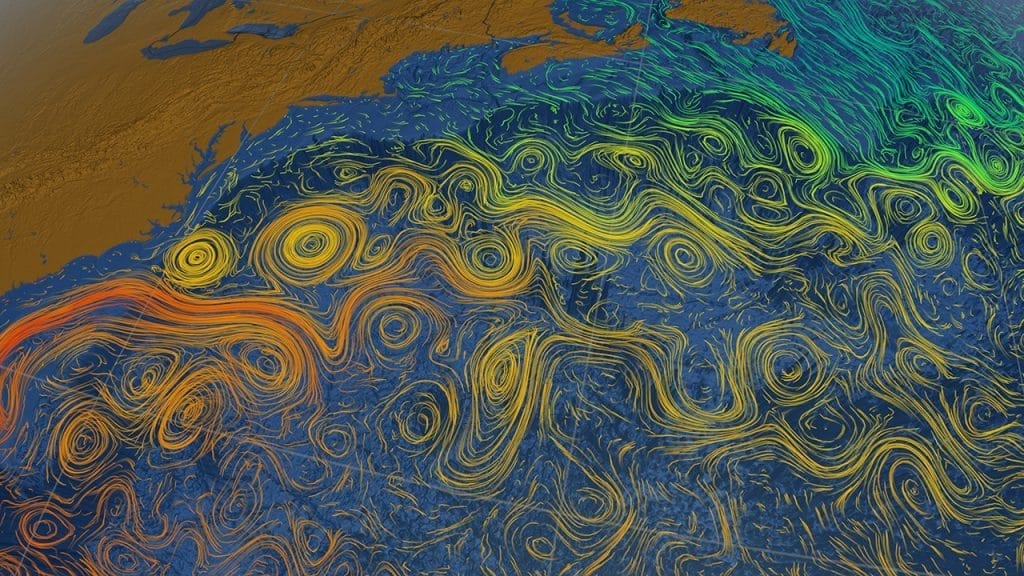
Swirling parcels of water, called ocean eddies, spin off from the warm Gulf Stream, the powerful northward-flowing current that hugs the U.S. East Coast. This visualization was generated by a numerical model that simulates ocean circulation. WHOI researchers study ocean currents, like the Gulf Stream, and their behavior. (Image Credit: © NASA, Goddard Space Flight Center Scientific Visualization)
Ocean circulation refers to the flow of water throughout the world's oceans, which acts as a fundamental driver of Earth's climate. This continuous movement redistributes heat, cycles essential nutrients for marine life, and affects the structure and health of ocean ecosystems.
At the ocean's surface, massive looping currents called gyres influence weather patterns and guide the movement of marine species. In the deep ocean, a network of slower currents - part of the Atlantic Meridional Overturning Circulation (AMOC) - transports water and energy between basins over long timescales. Together, these currents form a dynamic system that stabilizes global temperatures and supports life across the planet.
The global ocean circulation system also encompasses periodic phenomena, such as El Niño and La Niña, which can trigger significant shifts in weather patterns and affect fisheries worldwide. In polar regions - especially the Arctic and the North Atlantic - melting ice and changes in salinity play an increasing role in shaping circulation, with the potential to alter global patterns in the future. Oceanographers study circulation to understand how the ocean influences terrestrial conditions, such as climate trends and extreme weather events, and oceanic conditions that affect marine ecosystems.
All Topics on Ocean Circulation
AMOC—The Atlantic Ocean’s conveyor belt
The ocean's conveyor-like global circulation influences today's climate system.
Arctic Ocean Circulation
The complex ocean circulation system in the Arctic — which impacts the entire food web — is in a delicate balance.
Currents, Gyres, & Eddies
At the surface and beneath, currents, gyres and eddies physically shape the coasts and ocean bottom.
El Niño & Other Oscillations
El Niño is a warming of surface waters in the eastern tropical Pacific Ocean, while La Niña is a cooling event.

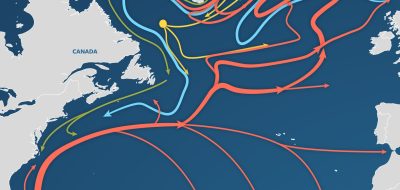
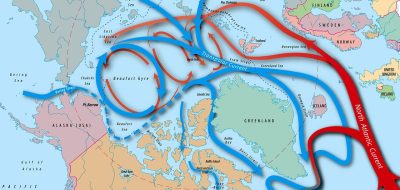
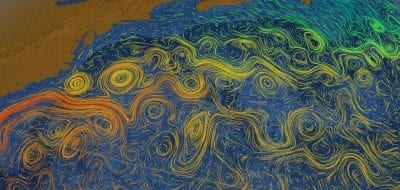
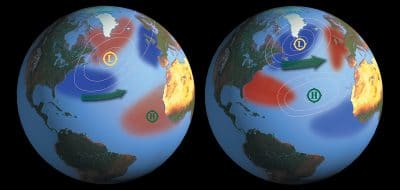
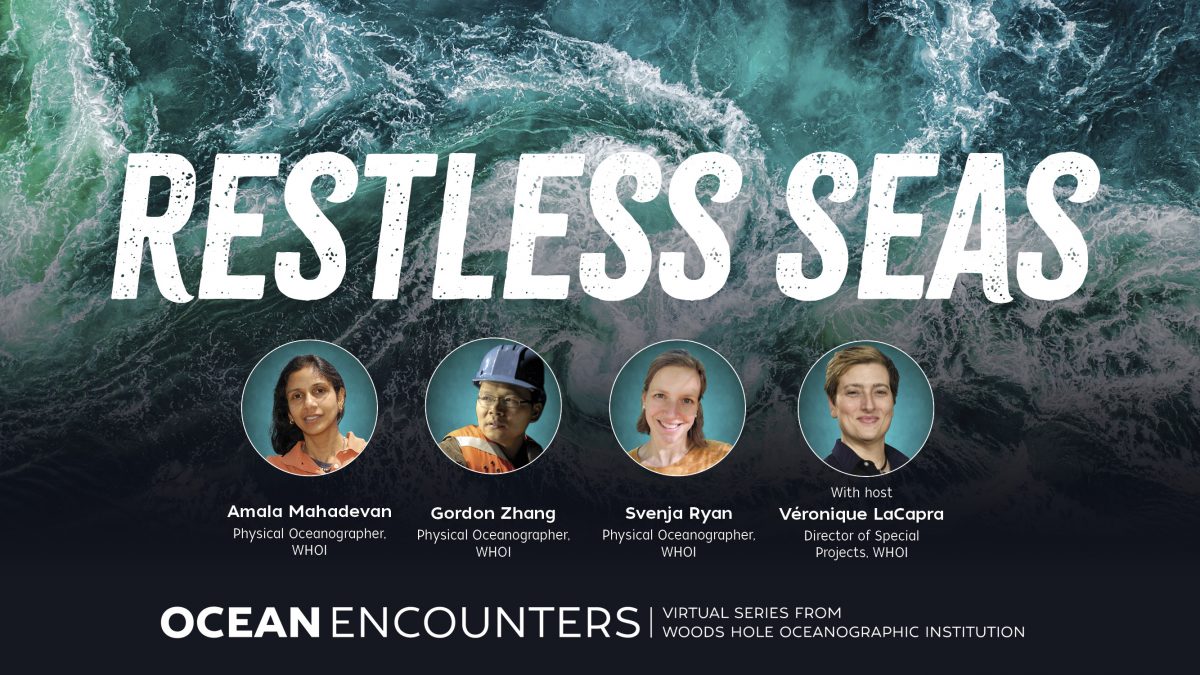
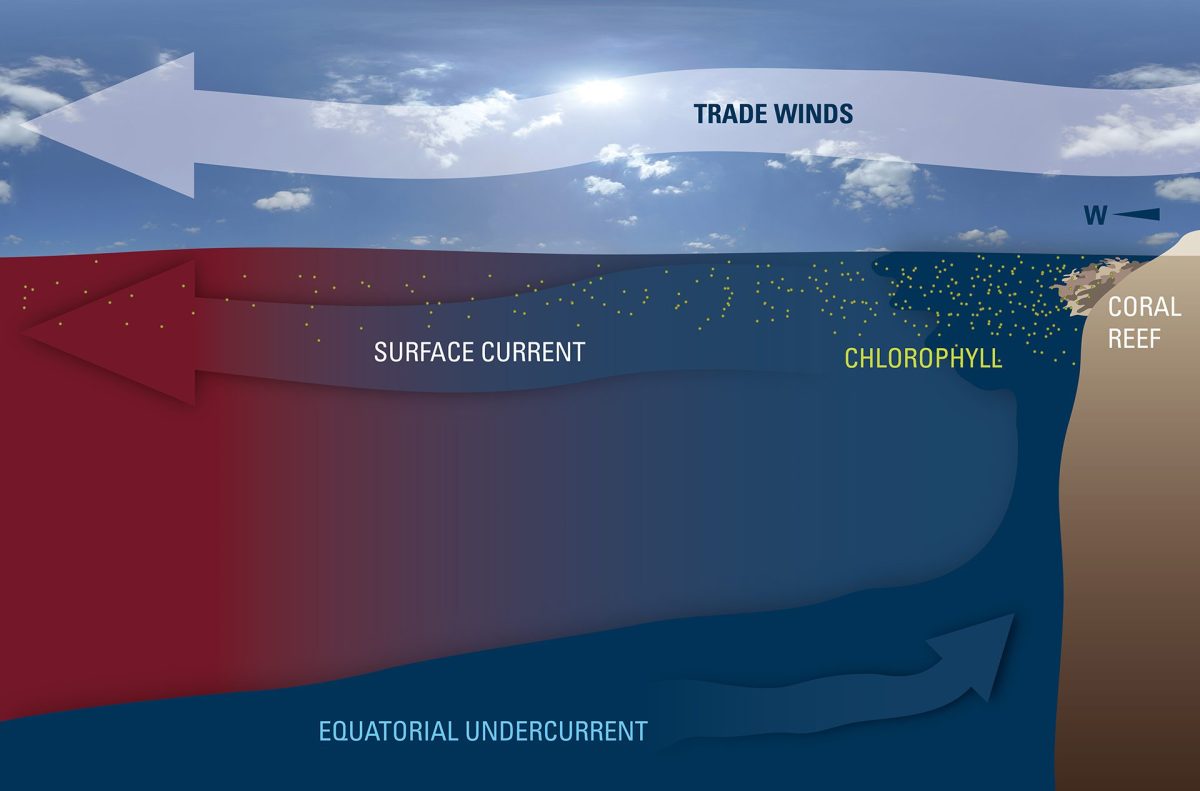

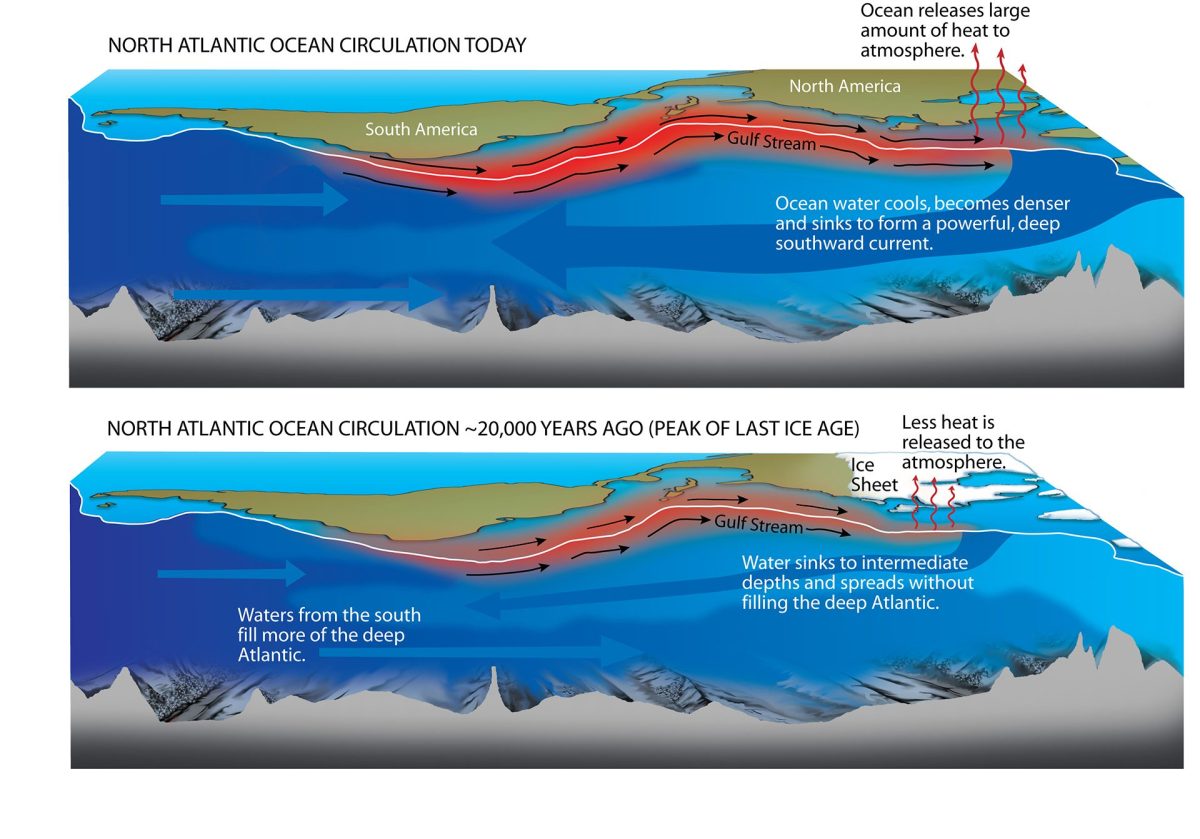
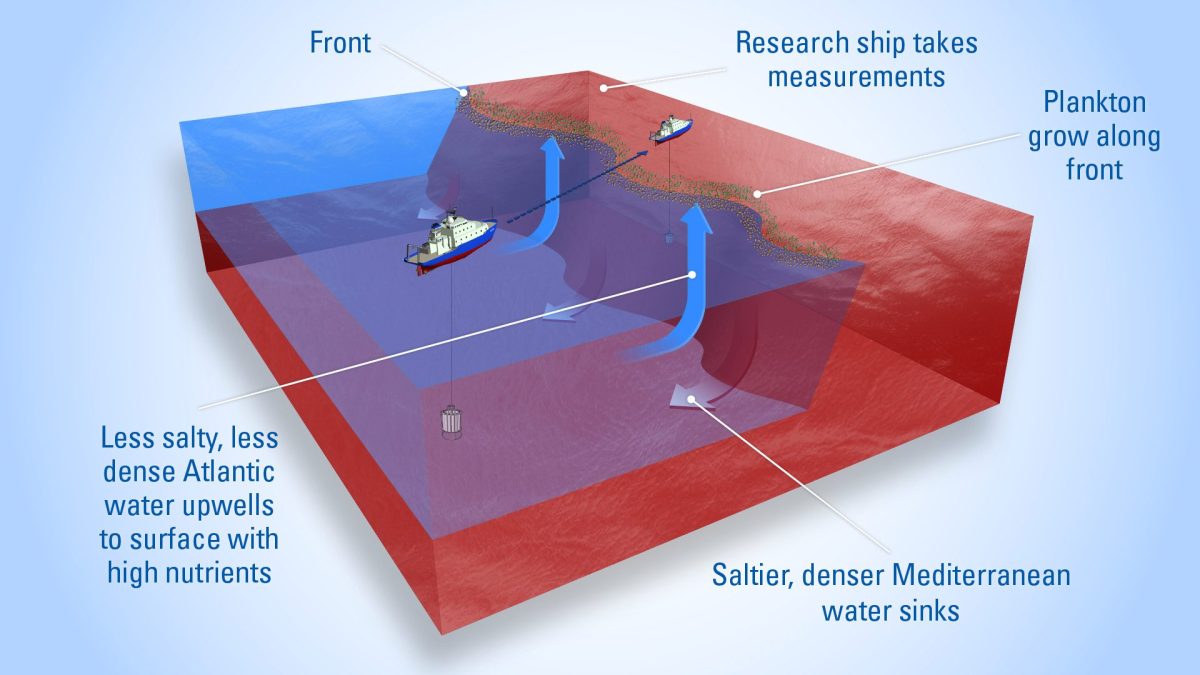
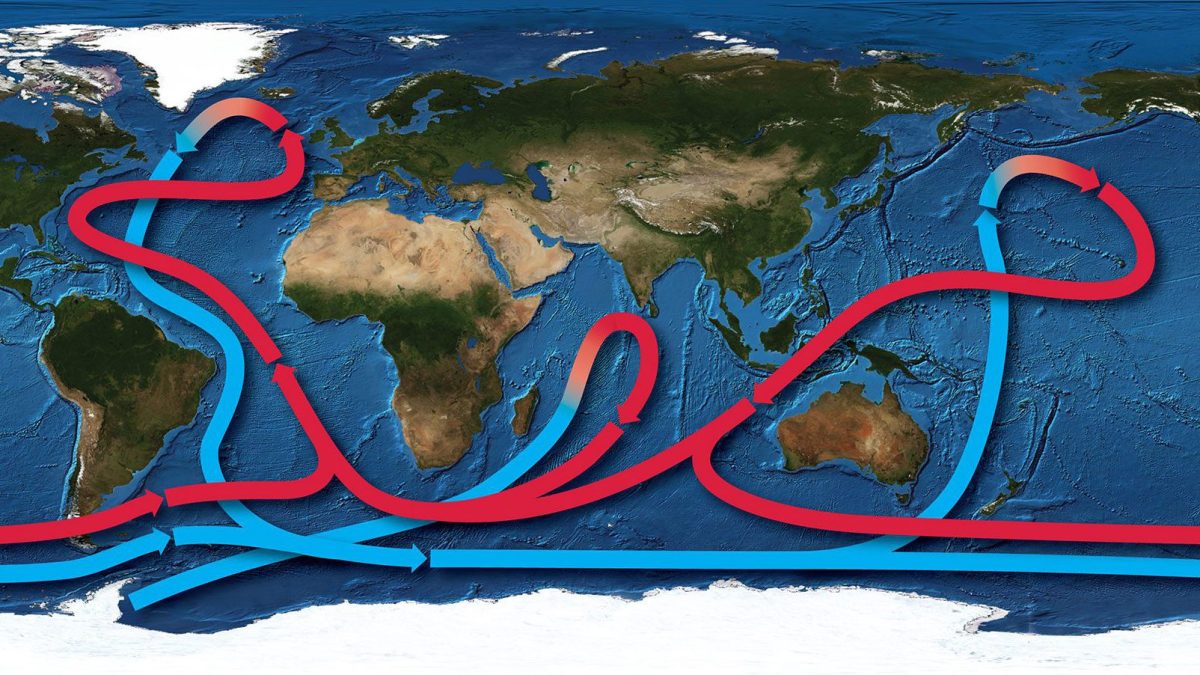
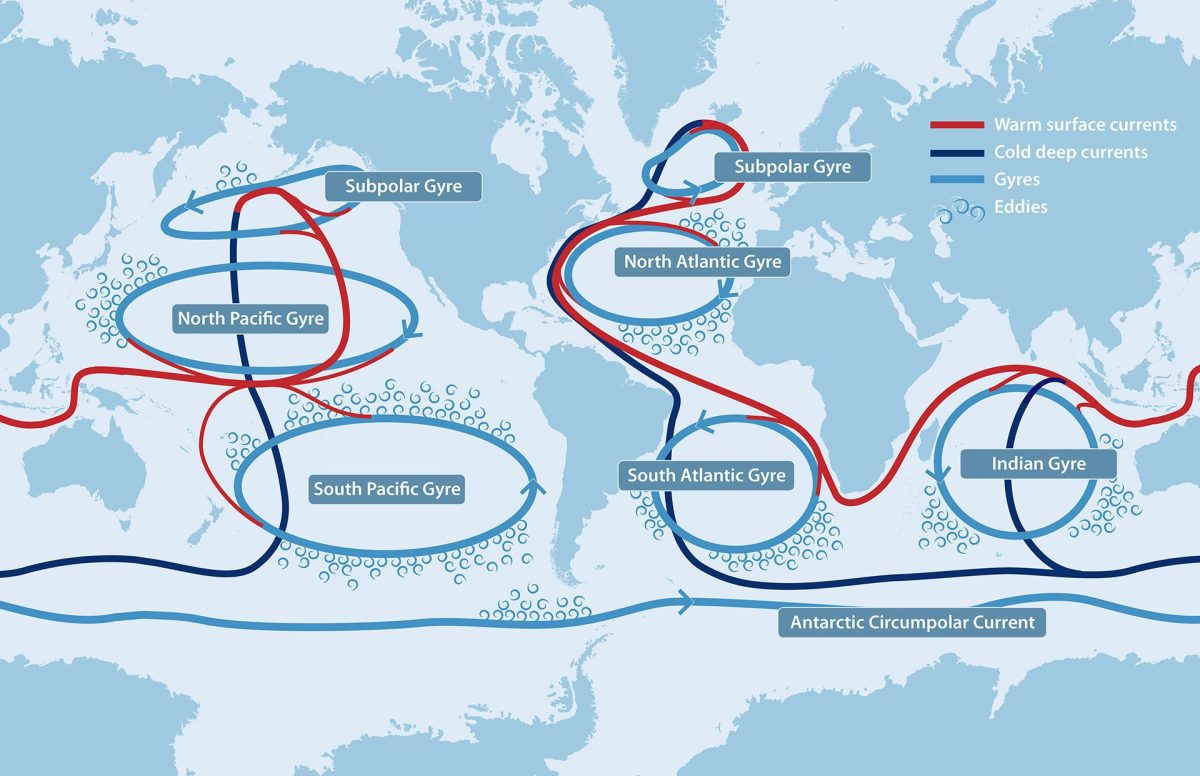
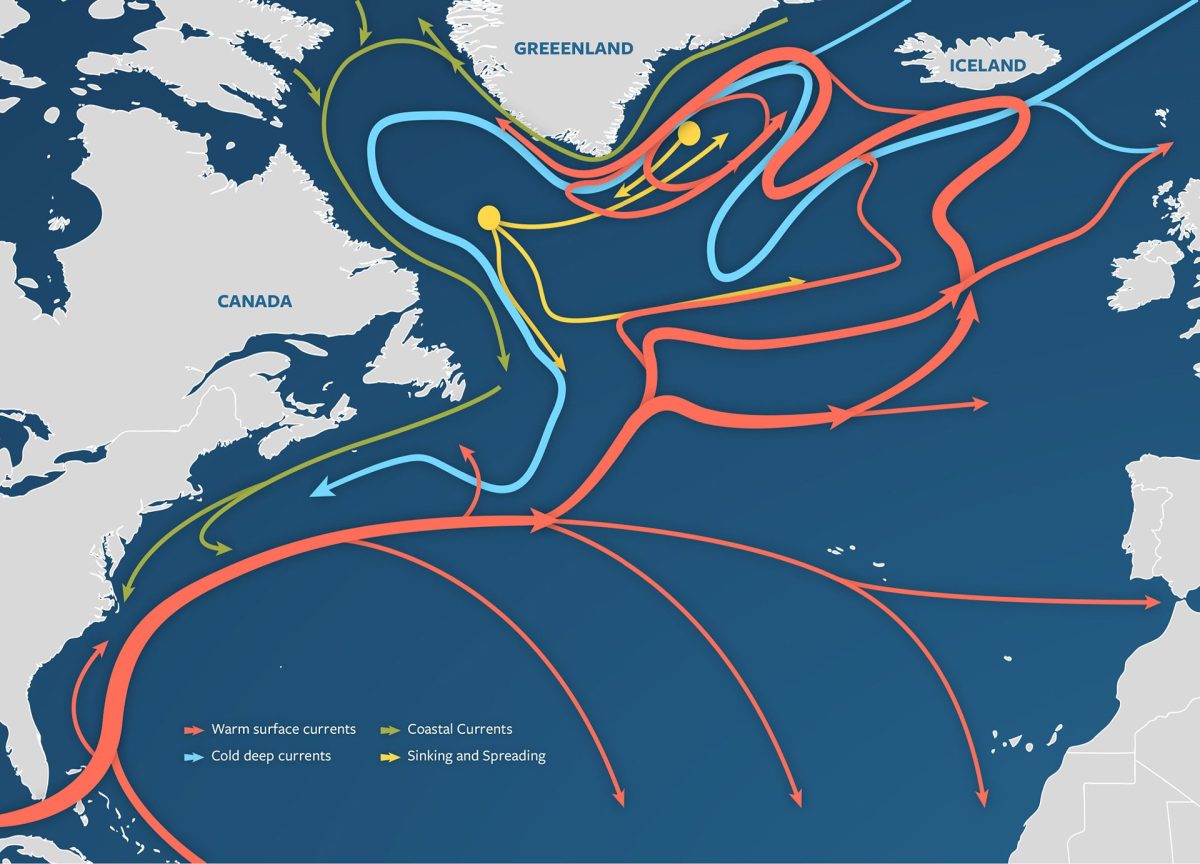
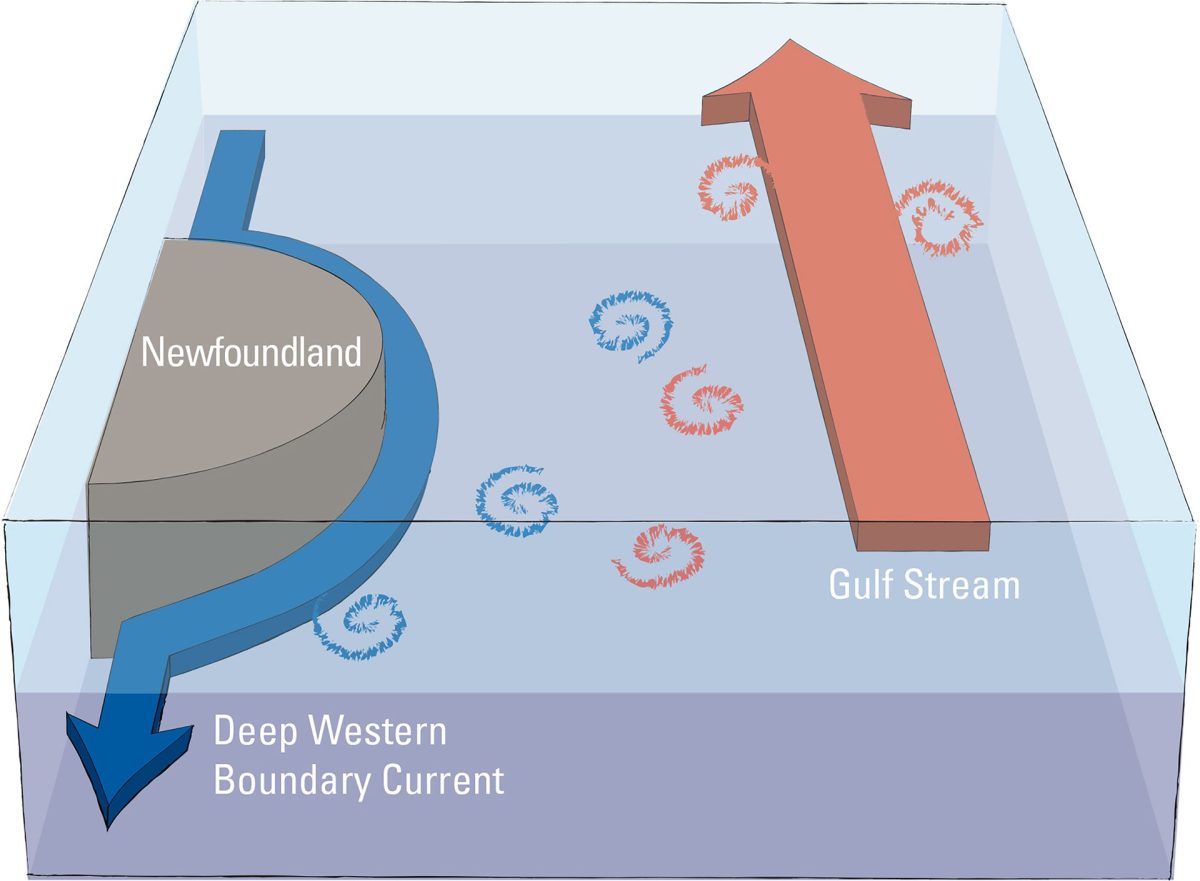
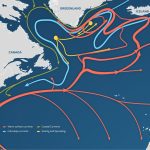 AMOC—The Atlantic Ocean’s conveyor belt
AMOC—The Atlantic Ocean’s conveyor belt 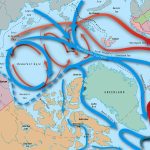 Arctic Ocean Circulation
Arctic Ocean Circulation 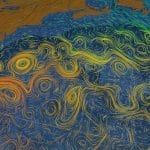 Currents, Gyres, & Eddies
Currents, Gyres, & Eddies 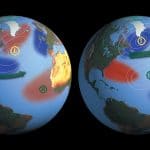 El Niño & Other Oscillations
El Niño & Other Oscillations